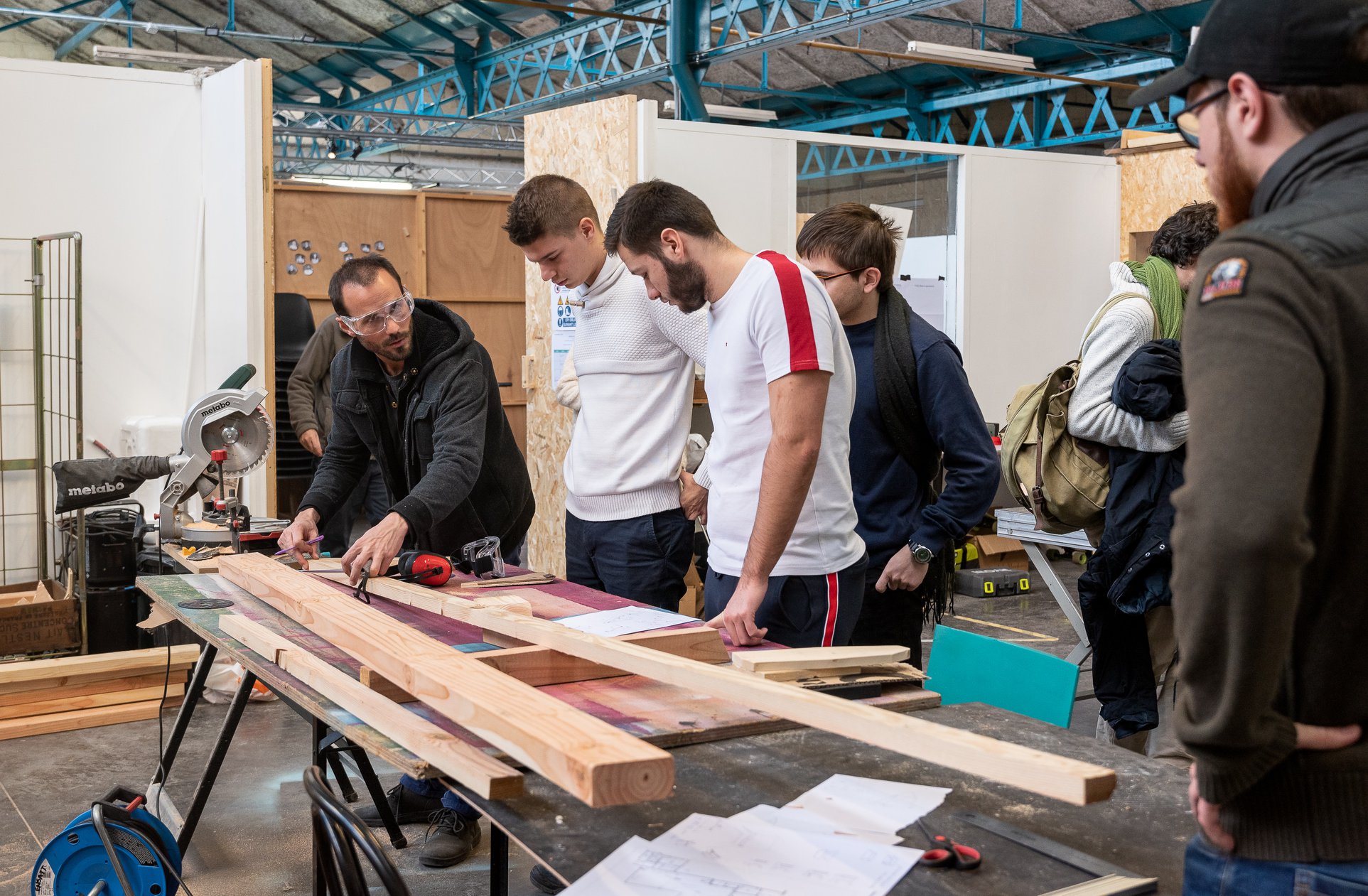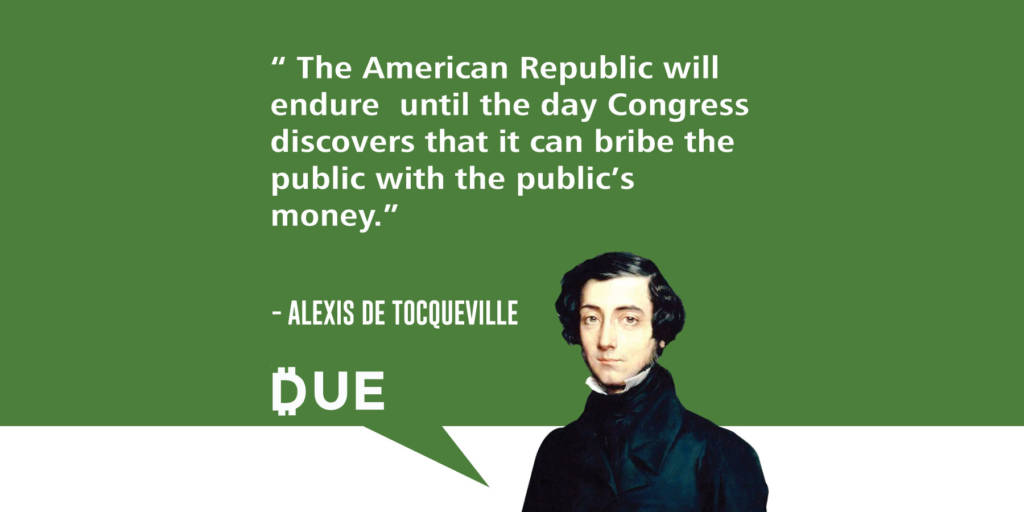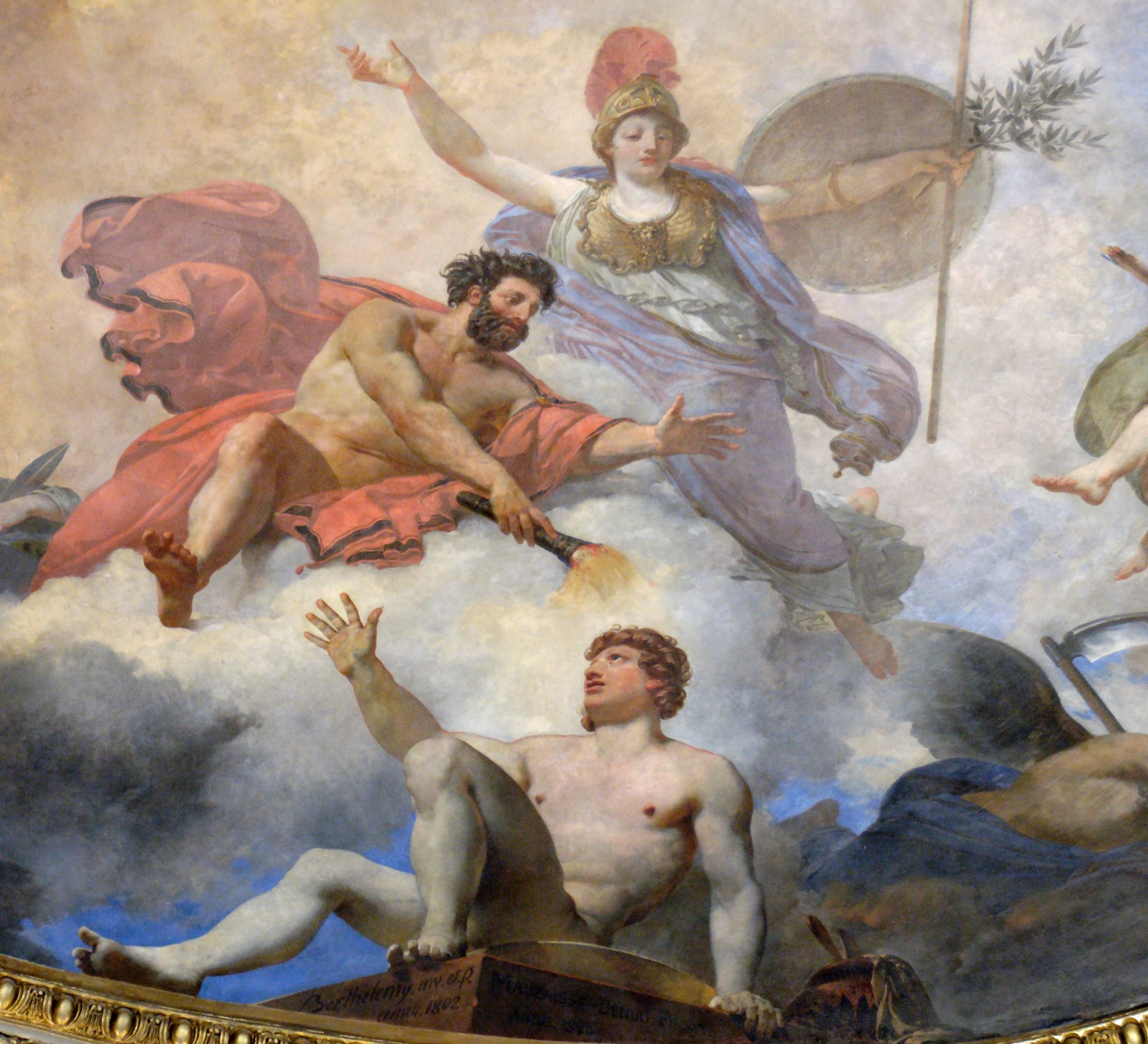Northwestern University Music Academy
Tag Archives: France
- Home
- Posts tagged "France" (Page 2)

Lovely Day
Recorded January 2015
Mathieu Manach : Percussions
Jean-Michel Warluzelle : Bass & background vocal
Bruno Thivend : Guitar & background vocal
Pierric Tailler : Vocal & guitar
Université de Lyon | Fête des Lumières 2019 – Les Rêveries Lumineuses de Léonard
“Lovely Day” Bill Withers Cover
Hightower Trail Middle School 8th Grade Chorus
Cobb County Georgia@HTMSCobb
print(“Lunch Hour 1600 UTC”)\n weekday(2)https://t.co/0Fz6AYYv20 pic.twitter.com/nB5NmBWNE8— Standards Michigan (@StandardsMich) February 5, 2025
"Lovely Day Cover" – Bill Withers | Berklee College of Music Class of '24
print("Lunch Hour 1600 UTC")\n weekday(2)https://t.co/0qAyPYmvyM pic.twitter.com/YQxkcFI5yM— Standards Michigan (@StandardsMich) May 24, 2023
French Baguette & Cowboy Coffee
Napoleon Bonaparte changed the specification for the traditional round bread so that his soldiers could more easily march with food. Chef Woehrle from the National Center for Hospitality Studies in Jefferson County Kentucky demonstrates how to do it.
Do you know the difference between Italian cornetto and French croissant? pic.twitter.com/P2SMHzMQc6
— TasteAtlas (@TasteAtlas) August 27, 2024
Sullivan’s is thrilled to announce that it now offers the Professional Baker Diploma program at our Lexington campus!
In as little as 9 months, earn your Baking and Pastry degree in a quick, straight-line approach.
Learn more at https://t.co/QnMUcu4eHF pic.twitter.com/3PGSXO7rr5
— Sullivan University (@SullivanU) May 10, 2023
Alexis de Tocqueville on the Foundations of American Democracy
Alexis de Tocqueville was born in Paris and came from a prominent lineage, with his father serving as a royalist prefect under the Bourbon restoration.
In 1831, at the age of twenty-five, Alexis de Tocqueville made his fateful journey to America, where he observed the thrilling reality of a functioning democracy. From that moment onward, the French aristocrat would dedicate his life as a writer and politician to ending despotism in his country and bringing it into a new age.
Quotes from Alexis de Tocqueville’s “Democracy in America”:
- “The greatness of America lies not in being more enlightened than any other nation, but rather in her ability to repair her faults.”
- “Americans are so enamored of equality that they would rather be equal in slavery than unequal in freedom.”
- “In democratic ages, human beings rarely sacrifice themselves for one another voluntarily; they almost always do so because they are impelled to by some power outside themselves.”
- “Despotism often presents itself as the repairer of all ills suffered, the support of just rights, defender of the oppressed and founder of order.”
- “The best laws cannot make a constitution work in spite of morals; morals can turn the worst laws to advantage.”
- “I do not know if the people of the United States would vote for superior men if they ran for office, but there can be no doubt that such men do not run.”
- “The most dangerous moment for a bad government is when it begins to reform.”
- “The Americans combine the notions of Christianity and of liberty so intimately in their minds that it is impossible to make them conceive the one without the other.”
- “The will of man is not shattered, but softened, bent, and guided; men are seldom forced by it to act, but they are constantly restrained from acting. Such power does not destroy, but it prevents existence; it does not tyrannize, but it compresses, extinguishes, and stupefies a people, till each nation is reduced to nothing better than a flock of timid and industrious animals, of which the government is the shepherd.”
- “Americans combine the notions of Christian morality and of liberty so intimately in their minds that it is impossible to make them conceive the one without the other.”
- “In the United States, the most enlightened are the most religious; and the most religious are the most enlightened.”
- Americans of all ages, all conditions, and all dispositions constantly form associations… Wherever at the head of some new undertaking you see the government in France, or a man of rank in England, in the United States you will be sure to find an association.”
“Cantique de Jean Racine” Gabriel Fauré.
Gabriel Fauré’s “Cantique de Jean Racine” is a choral work composed in 1865 when Fauré was 19. Written for a four-part choir, it’s a setting of a Latin text by the 17th-century French playwright Jean Racine, which reflects a deep, devotional tone. The text is a hymn of praise and supplication, asking for divine grace and mercy.
Fauré’s composition is noted for its lyrical beauty and sophisticated harmony, showcasing his early mastery of choral writing. The piece begins with a serene, flowing melody in the sopranos, which is then developed and harmonized throughout the choir. The work features lush, rich chords and a gentle, flowing rhythm, characteristic of Fauré’s style, blending simplicity with depth. Its mood is one of quiet contemplation and reverence, aligning with the text’s themes of divine worship and reflection.
La Loi Ne Fait Plus Le Bonheur
AFNOR a organisé une discussion autour du nouveau livre La Loi Ne Fait Plus le Bonheur (The Law No Longer Makes You Happy) de Françoise Bousquet et Stéphane Jock, préfacé par Alain Lambert. L’ouvrage se distingue par son caractère grand public : après une clarification du désordre sémantique autour du mot « norme », Les auteurs y présentent de manière simple, ludique et concrète les bienfaits des normes volontaires pour l’individu, l’entreprise et le pays. Ils proposent une voie nouvelle pour mettre enfin un terme à l’inflation de textes législatifs et réglementaires : développer leur complémentarité avec les normes d’application volontaire co-construites par celles et ceux qui sont concernés.
EN SAVOIR PLUS: Classement du bonheur 2023
Clavier AZERTY
QWERTY: This is the most common keyboard layout used in English-speaking countries. The name “QWERTY” comes from the first six letters on the top row of keys. This layout was originally designed to prevent typewriter keys from jamming by placing commonly used keys further apart.
AZERTY: This is a keyboard layout used primarily in French-speaking countries. The letters are arranged differently from QWERTY, with the A and Z keys switched, and some additional special characters included.
QWERTZ: This is a keyboard layout used primarily in German-speaking countries. It is similar to QWERTY, but with some letters rearranged and some additional special characters included.
Dvorak Simplified Keyboard: This is an alternative keyboard layout designed to increase typing speed and efficiency. It places the most commonly used letters in the home row, and the least used letters on the outer edges of the keyboard.
Colemak: This is another alternative keyboard layout designed for increased typing efficiency. It also places the most commonly used letters in the home row, but has a slightly different arrangement than Dvorak.
Unicode: This is a standard for encoding characters from a wide range of writing systems, including Latin, Cyrillic, Arabic, and Chinese, among others. It allows for the input and display of text in multiple languages and scripts on the same keyboard.
New update alert! The 2022 update to the Trademark Assignment Dataset is now available online. Find 1.29 million trademark assignments, involving 2.28 million unique trademark properties issued by the USPTO between March 1952 and January 2023: https://t.co/njrDAbSpwB pic.twitter.com/GkAXrHoQ9T
— USPTO (@uspto) July 13, 2023
Standards Michigan Group, LLC
2723 South State Street | Suite 150
Ann Arbor, MI 48104 USA
888-746-3670





















